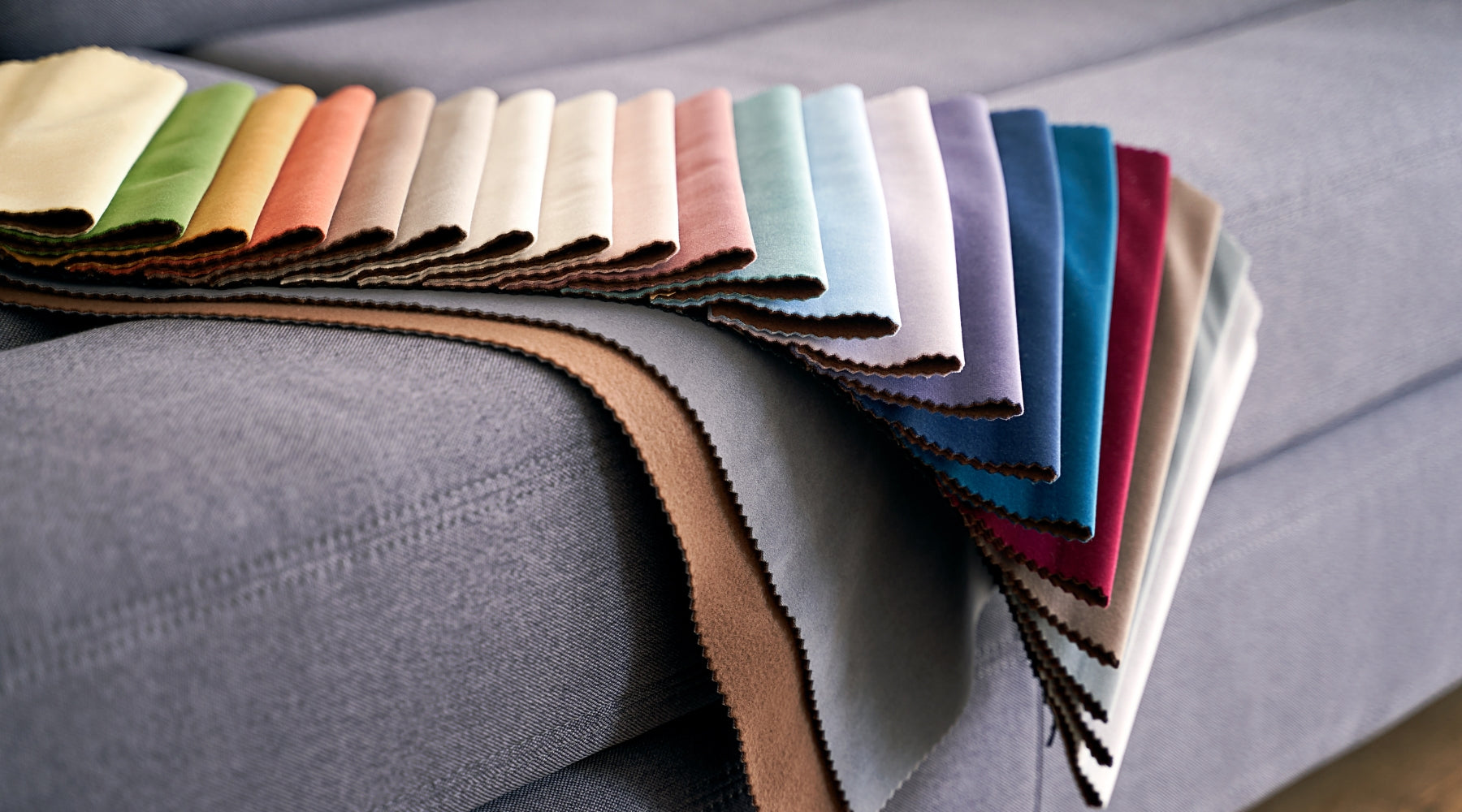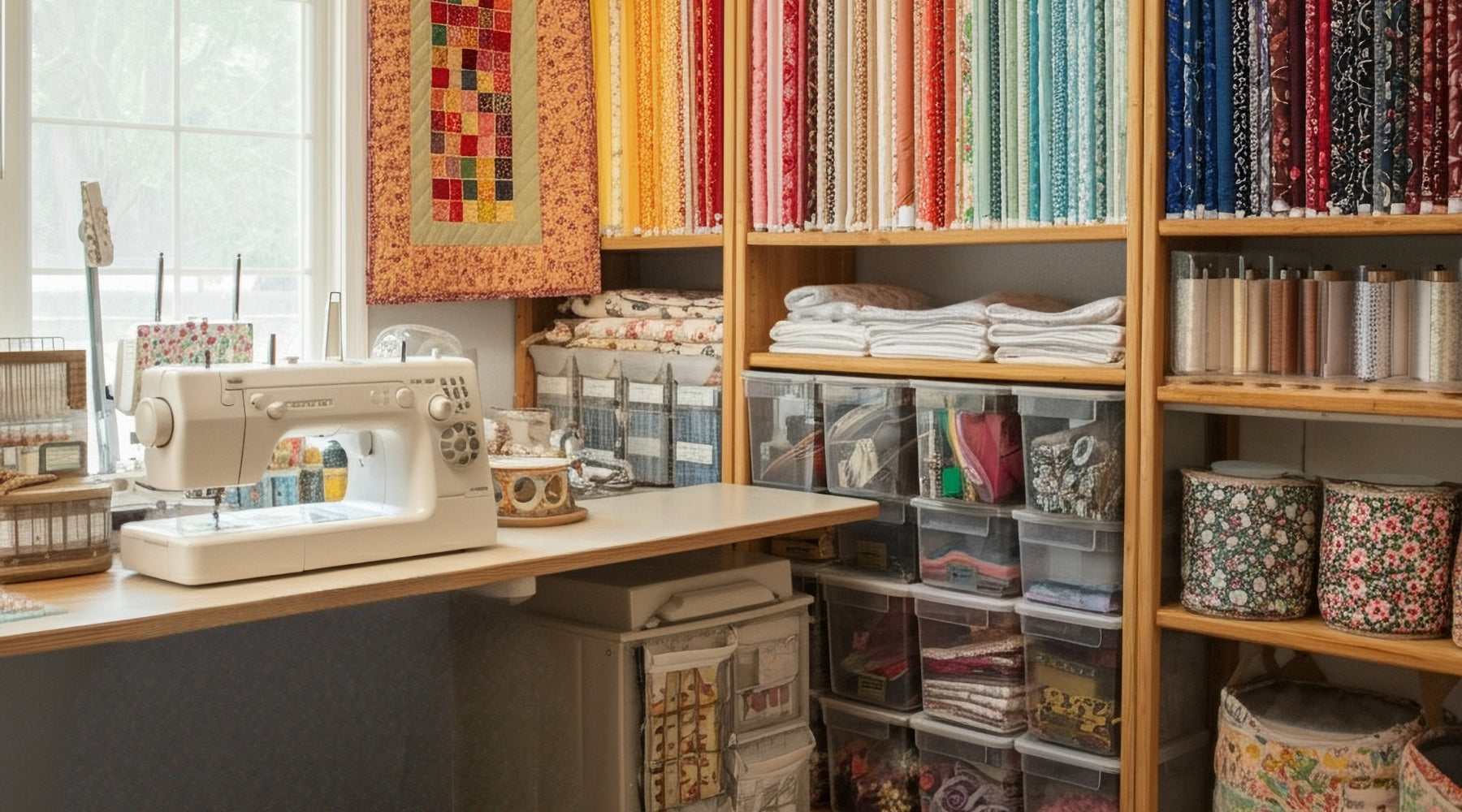
9 Common Sewing Mistakes and How to Fix Them
When you're just starting out with sewing, it's common to make mistakes that can affect the final appearance and durability of your projects. The good news is that many mistakes can be easily fixed once you know the right techniques.
This article will highlight nine common sewing mistakes and provide solutions for how to correct them, allowing you to sew with greater confidence and ease.
Fabric Mistakes
Choosing the Wrong Fabric
Choosing fabrics based on colour or print, overlooking their weight, stretch or weave can lead to problems like puckering seams, poor drape or broken stitches.
When starting, select patterns that recommend easy-to-handle fabrics like cotton or linen. Even if you're comfortable with slippery fabrics like satin, it's wise to practice on scraps first.

Not Pre-Washing Fabric
Skipping pre-washing can lead to shrinkage or colour bleeding, altering your project's fit and overall look.
Always wash and dry your fabric before you do anything to avoid disappointment. Check care instructions to avoid costly mistakes.
Skipping Pressing
Neglecting to press your fabric during sewing can cause seams to appear bulky and shapes to lose their definition, resulting in a messy and less polished final look.
Pressing a flat iron onto your fabric using the appropriate heat helps to set stitches and shape seams as you sew. You should build this habit early for a clean sewing experience.
Cutting Mistakes
Cutting Fabric Without Proper Alignment
Beginners are notorious for ignoring proper alignment, resulting in twisted seams or garments that don't sit right.
To fix this, use the grainline arrows printed on your pattern pieces, measure consistently from the selvedge to ensure straight placement, and align the pattern pieces accordingly.
Not Laying Fabric on a Flat Surface
Cutting on a surface that isn't completely flat can cause your chosen fabric to shift and stretch, resulting in inaccurate pieces, misaligned seams and size issues.
To avoid these mishaps, allow yourself plenty of clear space to ensure the fabric is smooth, without folds or wrinkles. Cut your pattern on a large, flat surface like a dining table or a cutting mat.
Not Pinning or Clipping Properly
Skipping pinning or using too few pins can cause your fabric layers to shift during cutting and sewing, resulting in mismatched pieces and uneven seams.
For a smoother experience, pin accurately by placing the pins perpendicular to the seam line and about 1–2 inches apart. You should use more pins for better control of curves and tricky areas. Remember to remove pins as you sew to avoid broken needles.
Sewing Machine Mistakes
Using the Wrong Bobbin
Using the incorrect bobbin for your sewing machine can lead to thread jams or tension issues, which in turn impact stitch quality.
To avoid uneven stitches or strange noises, read your sewing machine manual and keep a labelled stash of correct bobbins for your machine to prevent mix-ups.

Sewing with a Blunt or Wrong Needle
Using a blunt or the wrong needle can lead to skipped stitches or fabric damage.
To stay organised and effective, keep a needle chart handy and label your needles to ensure you use the correct one for your chosen fabric. To keep your needle sharp, replace the needle every 6–8 hours of sewing or at the start of a new project.
Not Using Your Presser Foot Properly
The presser foot holds fabric steady as you sew, and using it incorrectly can lead to jammed fabric, uneven stitching or broken needles. Many even forget to lower it beforehand or choose the incorrect footer for the job.
For a smooth feeder, check your machine manual for guidance on the various presser feet to learn which presser foot suits each task, like a zipper foot for zippers or a walking foot for bulky fabrics like denim.


